Speaking of global warming, the faraway scenes of melting icebergs, overheated polar points, or wildfires set off in Australia would pop up in the minds of most Hong Kong people, projecting false images these happenings are too distant to many of us. In fact, they can be close to our mouths! Why is it? Numerous record-breaking high temperatures documented by the Hong Kong Observatory in the latest years have been sending us a sign – climate change in Hong Kong is happening now without a doubt. Artist Joey Leung starred in Greenpeace’s “Food Museum” video, which shows the inseparable relationship between food crisis and climate crisis, and that common food like honey, coffee, and salmon may not necessarily exist as they do today!
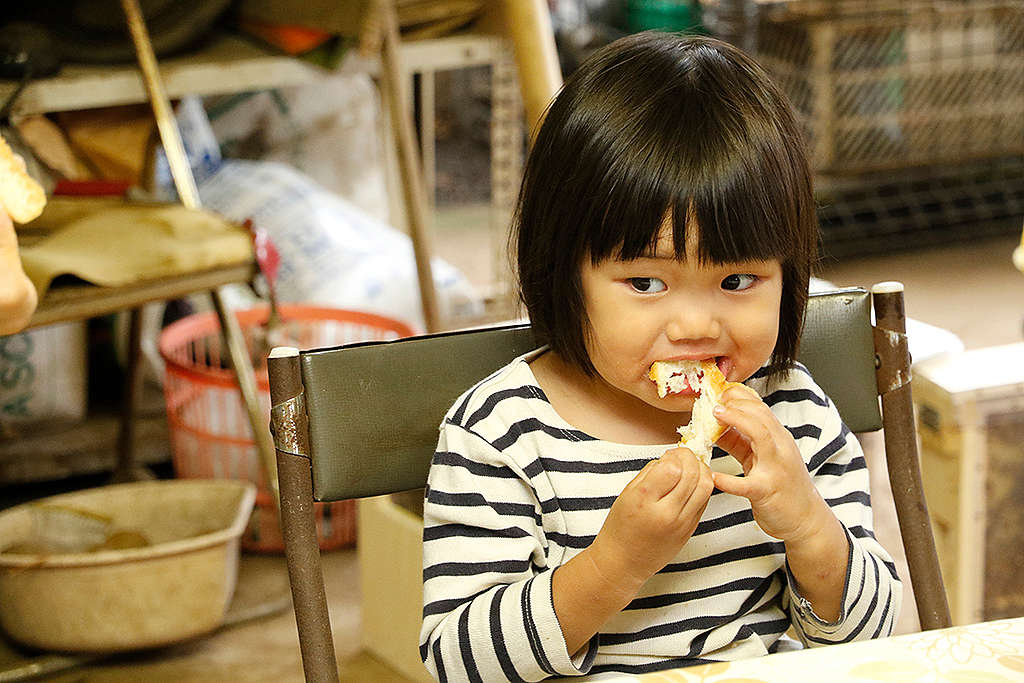
Hong Kong people are well-known for our exceptional global tastebuds. Even during the pandemic, we are able to enjoy food from all over the world at home, from seafood, tender beef, coffee, to staples like rice. We have our individual favour for the origins of our food products. It is not hard to imagine that our tastebuds would be tightly connected to the world environment and climate.
The inseparable connection among food, climate, and environment in the global village
The Climate Adaptation Summit (CAS) 2021 was held on January 25 online, hosted by the Netherlands. Scientists, the private sector, and organizations gathered and shared knowledge and accelerated actions to address the climate crisis. Prior to this, over 3,000 scientists from more than 130 countries signed on to the Science Statement and called for immediate actions from world leaders of various sectors to relieve the adverse effects global warming could bring to people from all walks of life, such as worsening the water supply shortage and crop failure.
5 Types of Food Highly Influenced by the Climate Crisis
In the foreseeable future, some of the staples and favourite food commonly found in Hong Kong people’s daily life may become part of the “Food Museum” collections. Sounds too imaginative? Read on and you will be able to tell the scientific evidence and facts we are going to share with you are matters not distant from us; in fact, the climate crisis is compelling. Yet we spare not a second to threaten you with scary figures and fact listing. On the contrary, through more understanding about how the climate crisis poses threat to the 5 types of common food we could enjoy now, we hope you would join us to sustain our living as well as the living environment and save the earth from the climate crisis.
1. Staples including rice
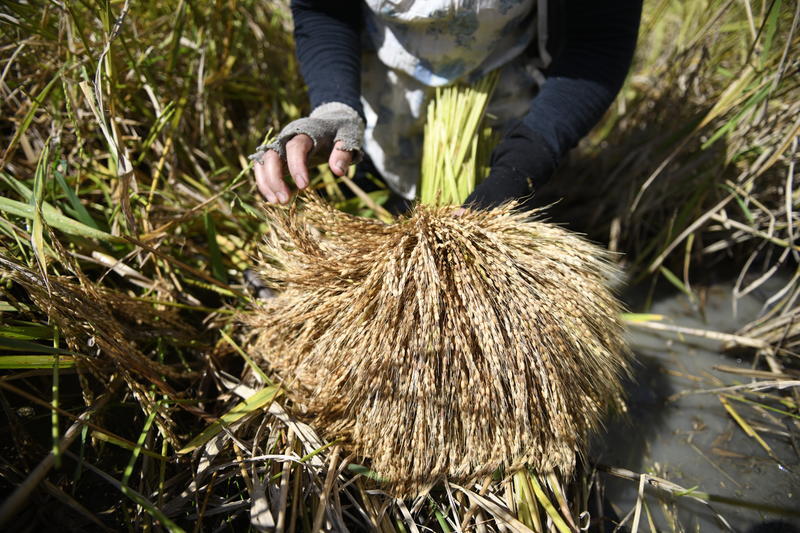
According to a research study modelling [1], yields of staples would reduce as a result of climate change towards the end of the century, for instance, a decline of 21.0% in wheat yield, 17.3% in winter barley, and 33.6% in spring barley. The climate crisis may lead to a 33.0% drop in the whole staple production.
Among the staples, 80% of the rice that most Hong Kong people consume every day is imported from Southeast Asia. Scientists following up on the Intergovernmental Panel on Climate Change (IPCC) Taskforce’s findings pointed out that Southeast Asia will lose 1 million hectares of farmland by the end of the century due to sea-level rise [2]. The Food and Agriculture Organization (FAO) of the United Nation issued a report on “Climate change and rice economy in Asia: Implications for trade policy” [3], pointing out that Thailand, Vietnam, and Indonesia would be some of the most affected countries. Presuming no related adaptation to climate change will be done and there is no technological improvement, the rice production, which is highly dependent on ample water supply, could experience a steep drop of about 50% by 2100.
2. Seafood products including salmon
According to “Postapocalyptic Movies’: Heat Wave Killed Marine Wildlife en Masse” of New York Times, scientists estimated preliminarily the blended effect of extraordinary heat and drought recorded on the western United States and Canada caused hundreds of millions of marine lives inhabited in Northwest Pacific, including mussels, clams, hermit crabs, sea cucumbers, etc.
Climate change has been influencing marine lives, while salmon, the seafood many Hong Kong are fond of, is of no exception. Salmon is sensitive to the oxygen level in the water. Global warming, however, heats up the sea temperature and thereby lowers the capacity of dissolved oxygen in water, in turn threatening the lives of salmon.
A research study found that climate change could affect every single stage of salmon’s life cycle [4]. For example, the rise of river water temperature could cause early incubation; then, these immature salmon could yet to develop their predation skills by the time they swim from the river to the sea, or they could be readily fed on by bigger fish. Eventually, the number of salmon successfully bred reduces. The salmon population may decline as a result, and the salmon supply to Hong Kong will fall short.
3. Coffee
Coffee beans are a vital commodity in the world; yet, they are highly sensitive to weather and climate changes. Rainfall volume, humidity, and light all attribute to the flavours of the coffee product. Among 124 wild coffee trees, 60% could become extinct as a result of the climate crisis [5], including popular ones like Arabica. The increasing heat could make crops more vulnerable to pests and diseases, in particular to the fragile coffee fruits. Extreme weather could ruin the trees before any coffee fruits can grow.
Rising temperatures may reduce up to 50% of the area suitable for coffee plantations by 2050 [6]. Climate crisis will affect fruit ripening and slow the drying of green beans, and the distinguished dry and wet areas ideal for the coffee plantation may no longer exist.
4. Wine
According to a research study of Greenpeace International, global warming pushes the suitable fruit tree plantation areas shifting toward the two poles (further north of the northern hemisphere, further south of the southern hemisphere), in a way much further than its place of origin. For instance, the wine currently produced in the Bordeaux region of southwest France will be moved to the United Kingdom, the iconic champagne from France and the white wine of Alsace will be produced in Norway in Northern Europe. Sooner or later, the majority of the French mainland will produce wines produced by the Mediterranean region today.
Factors in the place of origin such as temperature and volume of rainfall affect the quality of the grapes produced. Climate crisis brings about extreme weather, which in turn the maturity, productivity, and flavours of the grapes and wines produced.
In the future, although we may buy wines from new places of origin, it may imply great variation in the tastes, texture, and flavours produced. The taste of the wine nowadays may no longer exist or even vanish.
5. Honey
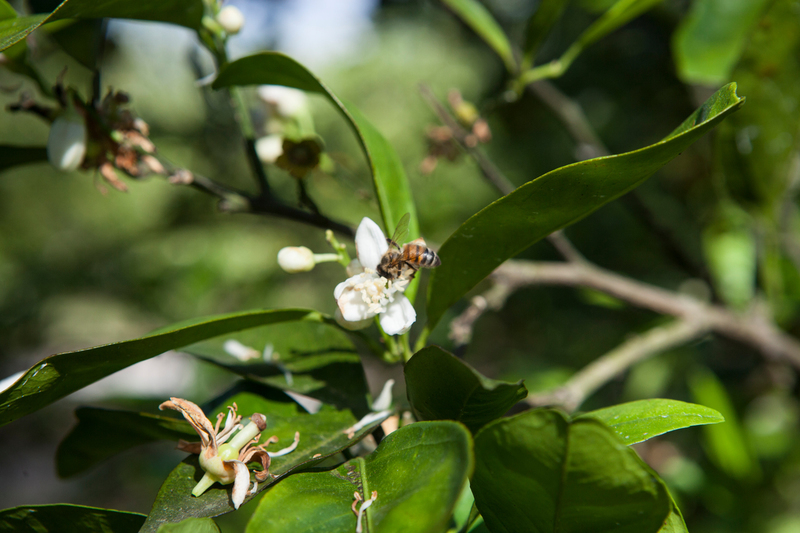
Climate change affects the growth and flowering periods of plants, while extreme weather can catch flowering plants with heavy pours of rain, or suppress bud shooting in warm winter. Honey bees will fail to bleed in time along with the flowering season, and eventually, their population will decrease.
Perhaps you would ponder honey is not a major food source, why does it matter? The figure in 2020 alone would address your question. The value of the global honey industry was estimated at US$92 billion. What matters most, undeniably, shall be the buzzing protagonist, the honey bee.
Why does the honey bee matter? [7] Long story short: honey bee serves the key pollination role in nature. Over 14 billion agricultural positions in the world, three-quarters of the world food supply (about US$577 billion per annum) rely on bee pollinate crops. Among 100 kinds of crops that feed 90% of the world human population, 70% are pollinated by both domesticated and wild bees.
Save the climate, fill up the food shortage gaps in the world, build a better green future
Human activities and influences have led to the acute climate crisis, accelerating the exhaustion of nature. Species extinction of the planet nowadays is happening at an astonishing rate, comparable to the scope of the fifth mass extinction 65 million years ago. The success and failure of biodiversity and the climate crisis are intertwined. As part of nature, our future is threatened. We shall live mutually with the ecology, instead of viewing it only as of the supply for food and products.
What can we do to protect our nature? Let’s take further steps to eliminate fossil energy and restore the climate. Nature would sustain everything we need, from clean air, water, to food, and also our mental well-being. Join us to act against climate change, for sustaining our living and our living environment, and to enjoy the green and peace on the earth.
Remarks:
[1] “Under warming scenario RCP8.5 and holding growing areas and technology constant, our model ensemble predicts a 21.0% decline in winter wheat yield, a 17.3% decline in winter barley yield, and a 33.6% decline in spring barley yield by the end of the century.”
Gammans1, M., Mérel1, P., & Ortiz-Bobea3, A. (2017, May 5). IOPscience. Environmental Research Letters.
(source: https://iopscience.iop.org/article/10.1088/1748-9326/aa6b0c)
[2] https://rmportal.net/library/content/advancing-global-food-security-changing-climate-technical-appendix/at_download/file – page 12
[3] http://www.fao.org/3/ca2207en/CA2207EN.pdf
[4] Climate change threatens Chinook salmon throughout their life cycle (Source: https://www.nature.com/articles/s42003-021-01734-w)
[5] At least 60% of coffee species are threatened with extinction
The application of the IUCN Red List Categories and Criteria (33) resulted in 75 coffee species (60%) being assessed as threatened with extinction, including 13 Critically Endangered (CR), 40 Endangered (EN), and 22 Vulnerable (VU) species.
Davis, A. P., Chadburn, H., Moat, J., O’Sullivan, R., Hargreaves, S., & Lughadha, E. N. (2019, January 1). High extinction risk for wild coffee species and implications for coffee sector sustainability. Science Advances. https://advances.sciencemag.org/content/5/1/eaav3473.
(Source: https://advances.sciencemag.org/content/5/1/eaav3473)
[6] The most unexpected effect of climate change (Source: IDB)
[7] “Tech firms use remote monitoring to help honey bees” (Source: BBC News, Jun 14 2021)

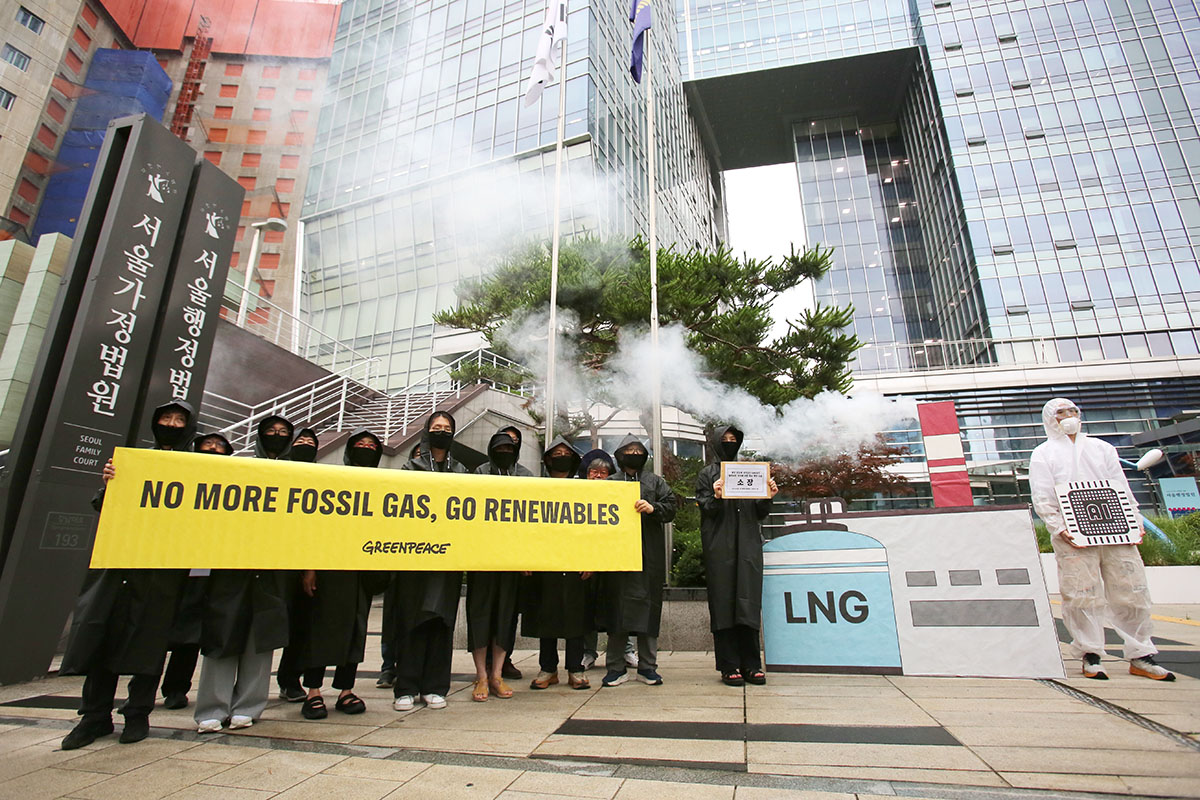
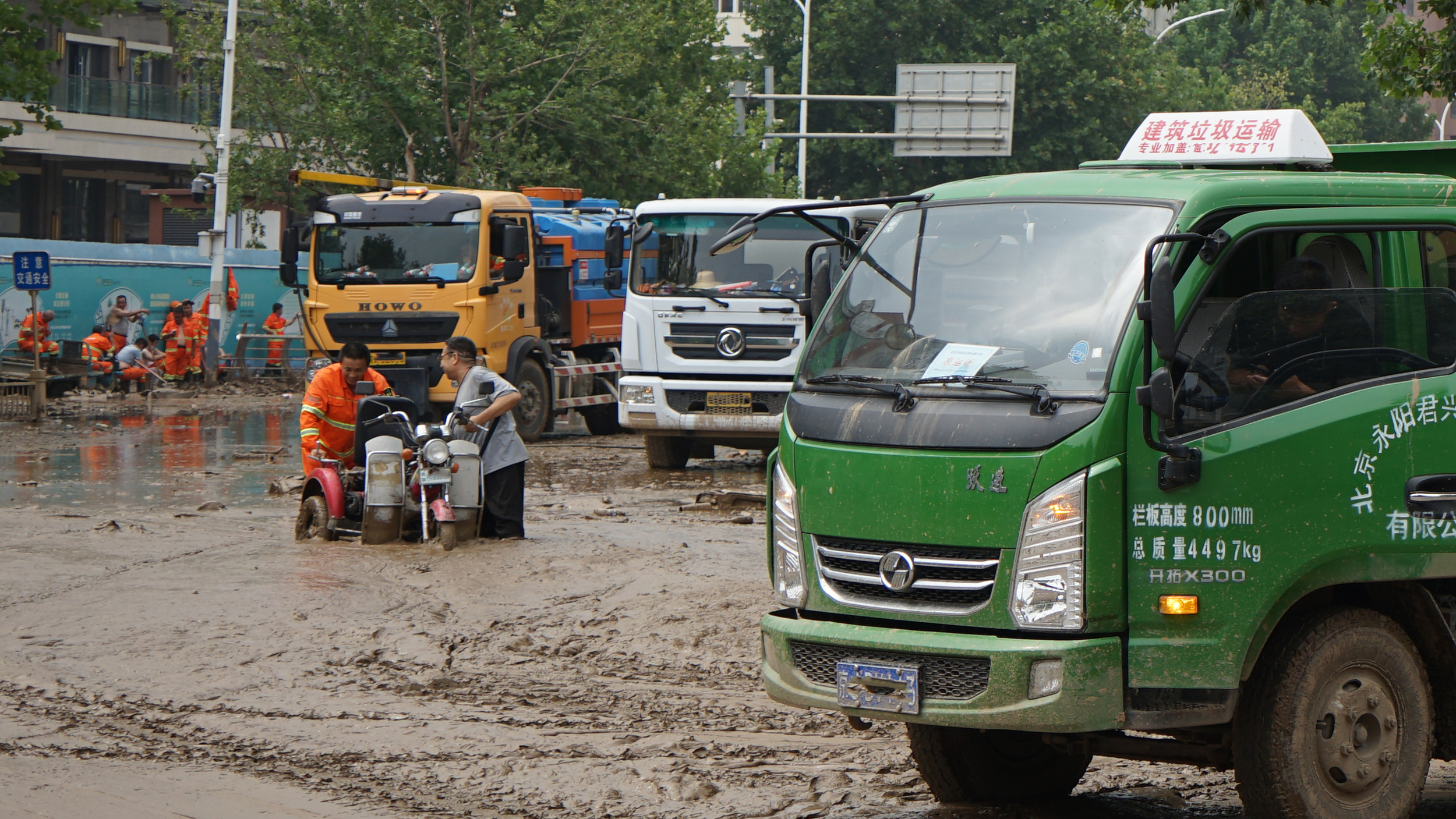
-1.jpg)